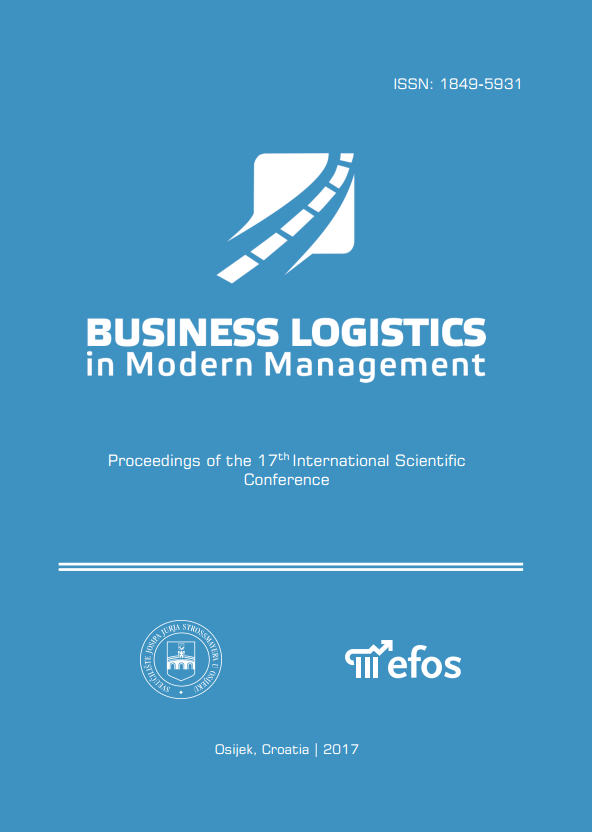CONCEPTUAL CRM APPLICATION DATABASE MODEL IN THE FUNCTION OF PHYSICAL PRODUCTS DISTRIBUTION FOR KNOWN CUSTOMER
Abstract
The second half of the twentieth century was marked by significant social changes caused by extremely fast technology advancement, particularly information-communication technology. Besides changes in the way of doing business they have also brought changes in human society in general. Together with mass media and educational systems, information-communication technology (ICT) has influenced the growth of the overall information awareness, knowledge and human self-consciousness. A modern human being is now acting as an individual with clearly expressed needs and attitudes to products and consumption. On the other hand, the human i. e. customer permanently encourages modern producers, i.e. suppliers, to change the relationship. This relationship change is known and is theoretically articulated through relationship marketing concept i. e. as customer relationship management. The outlined concepts strive to maintain communication with consumer as individual in order to achieve optimal satisfaction of individual customers' needs. Modern industry 4.0 is already able to produce individualised products for known customers with the use of robotic and programmable machines and CRM applications ensure by the means of communication, that is presale, sale and post-sale activities, the optimal individualized fulfilment of customer needs. The future certainly brings transition from mass production for unknown customer to production for known customer. This will also influence the change of product distribution in the way of moving from mass distribution to individualized distribution. This kind of change demands the adequate adjustment of CRM applications which must provide producer (supplier) and customer with key information about distribution as post sale activity. In that way it is necessary to observe the data coverage and develop an optimal database model in the function of achieving optimal satisfaction of individual customers' needs in the product distribution phase. From that standpoint it is meaningful to talk not only about product distribution, but also about information distribution, and to observe distribution as information phenomenon.
Key words: databases, relationship marketing, CRM, product distribution, information-communication technology.

